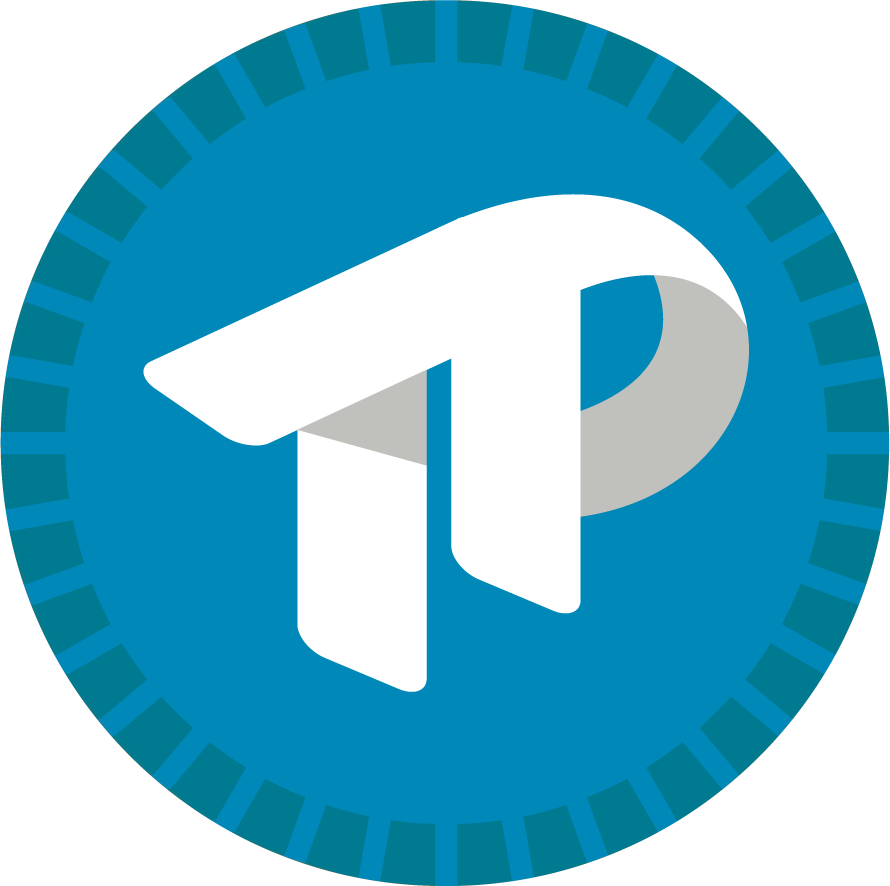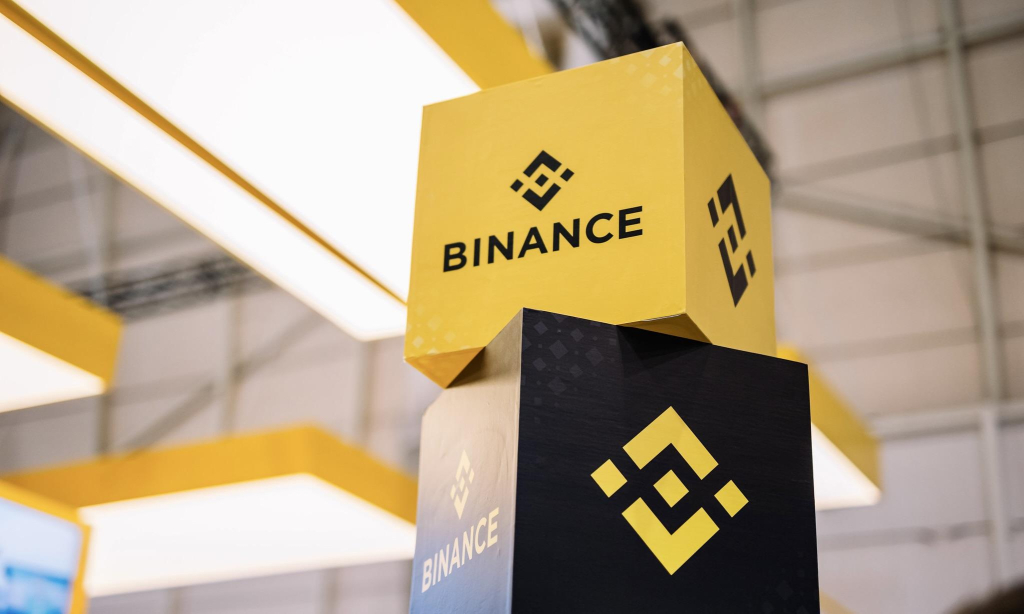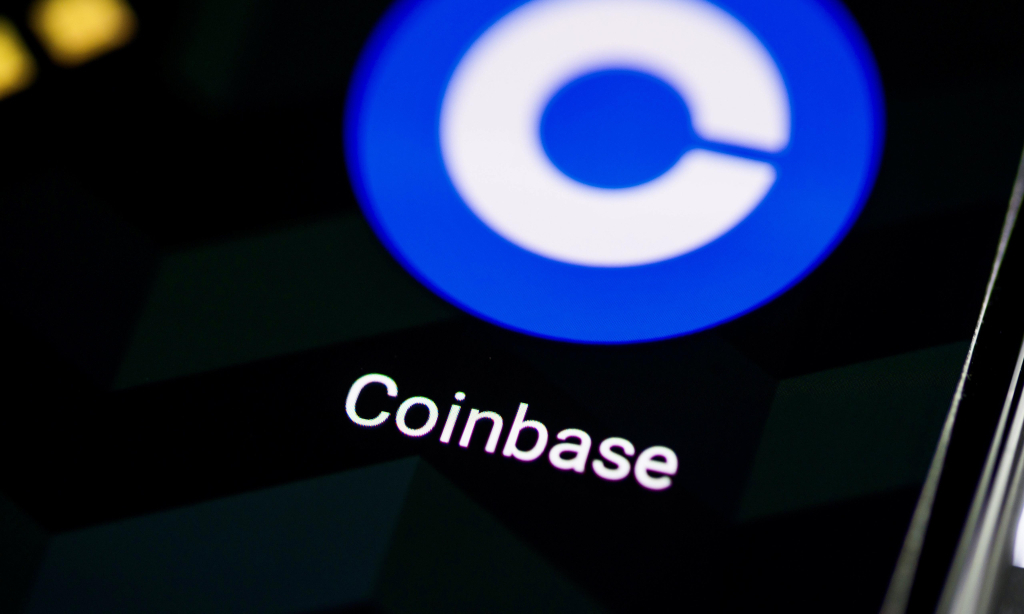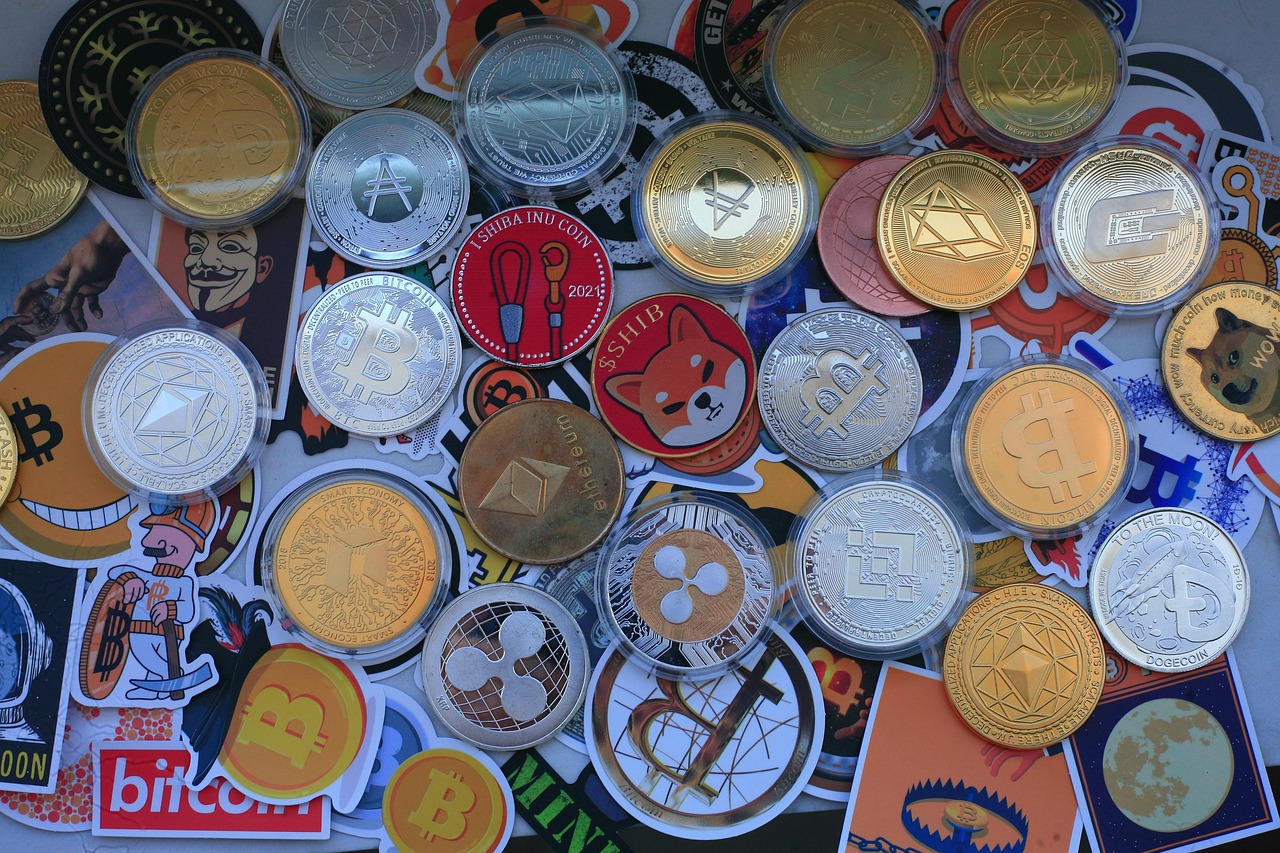A solo Bitcoin miner has achieved an extraordinary feat by successfully mining block 907,283, securing a reward worth approximately $373,000. This rare event highlights the extreme difficulty of solo mining in today’s network conditions, where the global Bitcoin hashrate currently stands at around 600 exahashes per second (EH/s).
The odds of solving a block solo with just 1 petahash per second (PH/s) in a single day are roughly 1 in 4.26 million. To put this into perspective, the likelihood of being struck by lightning during one’s lifetime is about 1 in 15,300—making lightning 278 times more probable than solo mining success on any given day. With roughly 900 new bitcoins created daily, individual miners contribute only a microscopic fraction of the network’s total power, meaning they could theoretically wait over four million days to hit a block.
Solo mining once dominated Bitcoin’s early years, when enthusiasts could mine coins using regular personal computers before the first mining pools emerged. However, as network difficulty surged, solo mining became increasingly impractical. By 2013, most miners had transitioned to pool mining, which now accounts for over 99% of all blocks produced.
Today, solo mining is largely pursued by hobbyists, accepting near-zero chances of success while shouldering electricity and hardware costs. Wins like this one are extremely rare but continue to capture attention due to their lottery-like nature. Notably, another solo miner managed to solve an entire Bitcoin block earlier this February, further fueling fascination with these improbable victories.
Such occurrences serve as reminders of Bitcoin’s evolution from its humble beginnings to a highly competitive, industrial-scale ecosystem where solo breakthroughs are nothing short of remarkable.



























Comment 0